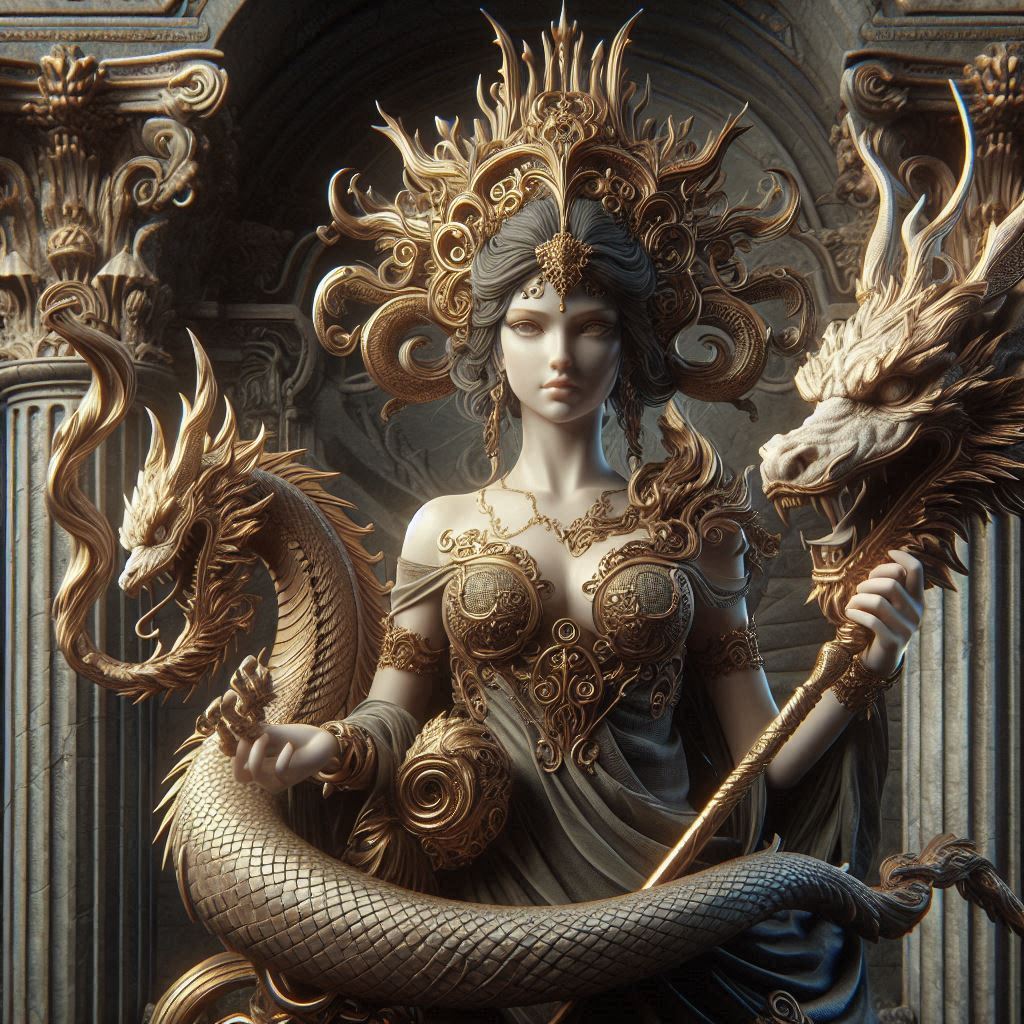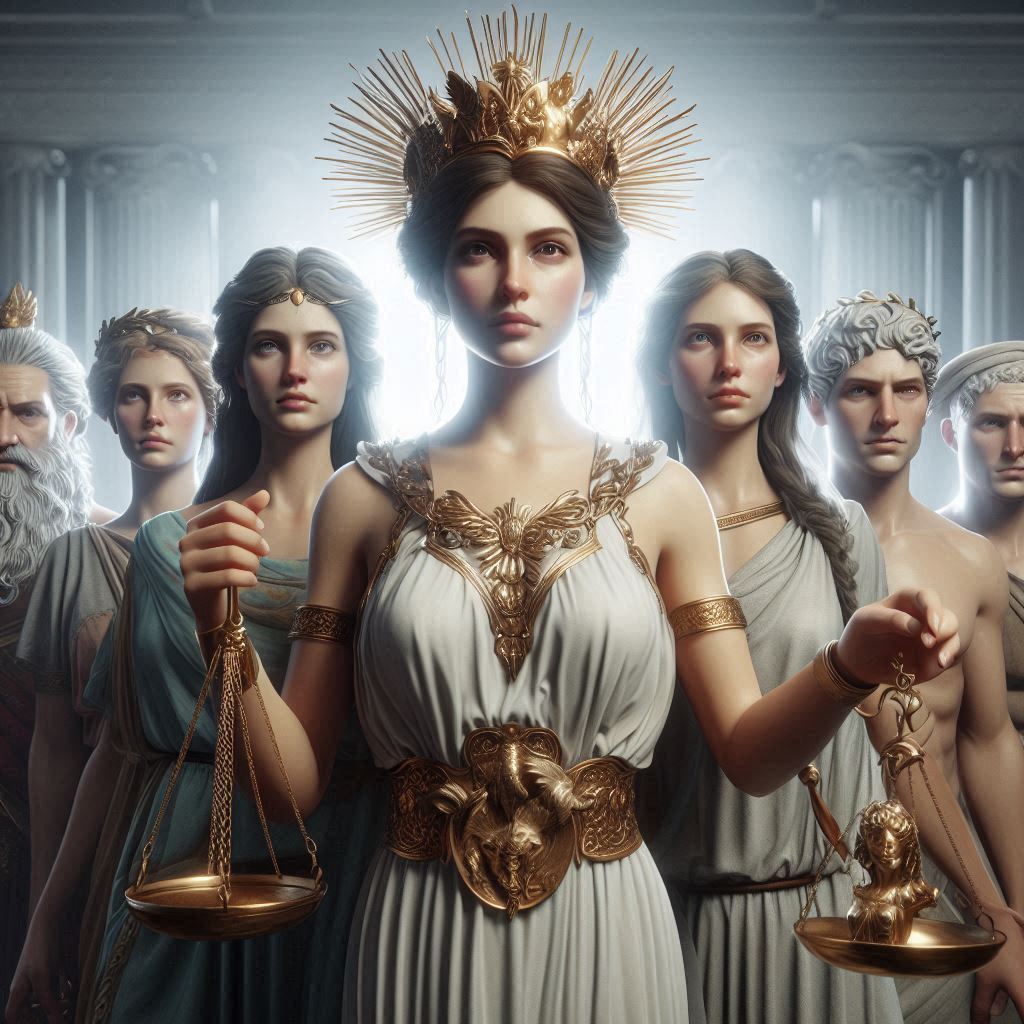Table of Contents
Creating a religion or a cult belief in a novel can be a powerful tool for world-building, character development, and exploring complex themes. In fiction, religion often serves as a lens through which societies define their values, rituals, and power structures, shaping the psychology of individuals and the dynamics of whole cultures. Crafting a religion or cult belief within a novel requires attention to several key elements: origin, cosmology, doctrine, structure, rituals, symbols, followers, and its role in the story’s moral and thematic landscape.

1. The Origins of the Belief
Every religion or cult needs a foundational moment or myth that serves as its genesis. This could stem from a divine revelation, a charismatic leader, a historic event, or even a deliberate fabrication. The origin story helps define how the belief system came into existence and what it seeks to explain or control.
- Revelation and Prophecy: Many real-world religions are founded upon the idea that a prophet, mystic, or enlightened individual has received divine knowledge or seen the future. Consider what kind of revelation sparks your fictional belief. Does the leader receive visions of an impending apocalypse, or are they in touch with an ancient force that claims to guide humanity?
- Reaction to Crisis: A religion can also form as a response to societal upheaval. In times of chaos, famine, war, or uncertainty, people seek explanations and hope. In a novel, a cult might emerge as a radical alternative to mainstream ideologies, offering salvation, control, or understanding in a world where old systems have failed.
Example:
In Frank Herbert’s Dune, the Fremen religion is shaped by their harsh desert environment. Their belief in the messianic figure Muad’Dib grows out of their need for survival, their ecological conditions, and the prophecies manipulated by the Bene Gesserit. Their religion reflects their hope for transformation, both spiritual and environmental.
2. Cosmology and Mythology
Once the origin is established, the next step is building the cosmology—the larger framework that explains the universe and humanity’s place within it. This could involve gods, spirits, cosmic forces, or a single all-encompassing principle. The mythology provides the stories of creation, morality, and ultimate purpose.
- Creation Myths: How was the world or universe created in this religion? Did gods forge it from chaos, or is the world a test for souls? Creation myths shape the culture’s understanding of nature and the divine, as well as their values.
- Pantheon or Singular Divinity: Will the belief system have many gods or one? Polytheistic systems often have gods with specialized powers (god of war, god of love, etc.), each reflecting different aspects of life. Monotheistic systems tend to focus on a single god’s omnipotence, creating a narrative around ultimate authority, morality, and judgment.
Example:
In J.R.R. Tolkien’s The Silmarillion, the mythology of the Ainur and the creation of Middle-earth through music provides a rich cosmology. The world is shaped by conflict and harmony between powerful beings, and the mythology adds depth to the moral and existential struggles of the characters in The Lord of the Rings.
3. Doctrine and Tenets
The doctrine of your fictional religion should outline the core beliefs and moral teachings. This is the philosophical and ethical backbone that governs followers’ behaviors and worldview. It defines what is considered good or evil, sacred or profane.
- Moral Codes: Does this religion promote asceticism, self-sacrifice, and purity? Or is it more permissive, focused on indulgence, power, or personal freedom? Is the religion’s morality static, or does it change over time?
- Metaphysical Beliefs: What does the religion say about the afterlife? Is there a heaven, hell, reincarnation, or oblivion? The fate of the soul after death can provide powerful motivation for believers, influencing their fears and hopes.
- Relationship to Power: Is the religion hierarchical, with a priestly class controlling sacred knowledge? Or is it egalitarian, promoting the idea that all followers have direct access to the divine? Religion and political power often go hand in hand, so consider how doctrine influences the social structure.
Example:
In The Handmaid’s Tale by Margaret Atwood, the Republic of Gilead is a theocratic regime whose religious doctrine is built on twisted interpretations of Biblical scripture. The regime’s doctrines dictate gender roles, morality, and social order, showing how a distorted belief system can serve as a tool for oppression.
4. Rituals, Symbols, and Practices
Religion comes alive through rituals and symbols, which provide tangible ways for followers to express their faith. These could range from daily prayers to elaborate ceremonies involving sacred artifacts.
- Sacred Rites: What are the key rituals of this religion? Are there initiation ceremonies, marriages, funerals, or sacrifices? Consider how these rituals tie into the broader themes of your story and what they reveal about the culture.
- Symbols and Iconography: Every religion has symbols that convey deeper meanings, whether it’s a sacred animal, a geometric shape, or an object. Symbols can be used as shorthand to communicate the essence of the religion—think of the Christian cross, the Star of David, or the yin-yang.
- Pilgrimage and Holy Sites: Many religions have holy places or relics, where followers make pilgrimages or pay homage. This can offer a geographic dimension to the religion and add narrative possibilities, as characters may journey toward these locations for spiritual or practical reasons.
Example:
In George R.R. Martin’s A Song of Ice and Fire, the Faith of the Seven has a structured clergy, sacred texts, and rituals such as weddings and coronations. The religion’s symbols and rites influence the political landscape, as piety is often used to justify power plays.
5. Followers and Social Structure
Religions or cults often have varied followers—from fervent believers to skeptical members who are part of the faith due to social pressure. Understanding how the belief system interacts with society is key to shaping characters and conflict.
- Fanaticism vs. Skepticism: Some followers might be zealots, willing to sacrifice everything for the cause, while others may be more pragmatic or even question the core tenets. This diversity creates internal tension within the religion or cult.
- Leaders and Prophets: Who are the figureheads of this religion? Do they claim divine inspiration, or are they cynical manipulators who use the belief system for political gain? The personalities of religious leaders can create dramatic conflicts and dilemmas, especially when their authority is challenged.
- Social Role: Is the religion marginalized, persecuted, or dominant? A cult might be a subversive force working in the shadows, while a state religion can be a pillar of authority. Explore how the religion interacts with politics, law, and daily life.
Example:
In The Left Hand of Darkness by Ursula K. Le Guin, the religion of Karhide, based on the belief in “the Handdara,” affects the political and social dynamics of the world. The religious tension between the Handdara and the Yomesh creates a broader narrative conflict about authority, knowledge, and the nature of truth.
6. Conflict and Thematic Purpose
A fictional religion or cult belief in a novel should serve not just as world-building but also as a vehicle for deeper thematic exploration. Religion can be used to explore issues of faith, identity, power, and morality, reflecting broader conflicts within the narrative.
- Conflict with Other Beliefs: Does this religion or cult exist in a pluralistic society, or does it dominate? Conflicts between religions or within sects can create dynamic plot points. For example, a character may experience a crisis of faith, or there might be political and military strife between religious factions.
- Reflection of Theme: Ultimately, the religion should tie into the novel’s broader themes. If your story is about control, the religion might reflect how belief is used to manipulate people. If your story is about freedom, the religion could explore how dogma restricts or liberates human potential.
Example:
In Fahrenheit 451 by Ray Bradbury, though not a formal religion, the belief system in censorship and ignorance acts as a cult-like structure, controlling thought and behavior. The story’s themes of knowledge, power, and individualism are mirrored in this quasi-religious zeal for conformity and the destruction of books.
Conclusion
Creating a religion or cult in a novel allows you to explore a wide range of human experiences—faith, power, control, and meaning. By carefully considering the origin, cosmology, doctrine, rituals, symbols, and social role of the belief system, you can add layers of depth and complexity to your world-building. Moreover, a well-crafted religion or cult belief can serve as a thematic mirror for the broader narrative, shaping not just the world but the internal struggles of your characters.


No responses yet